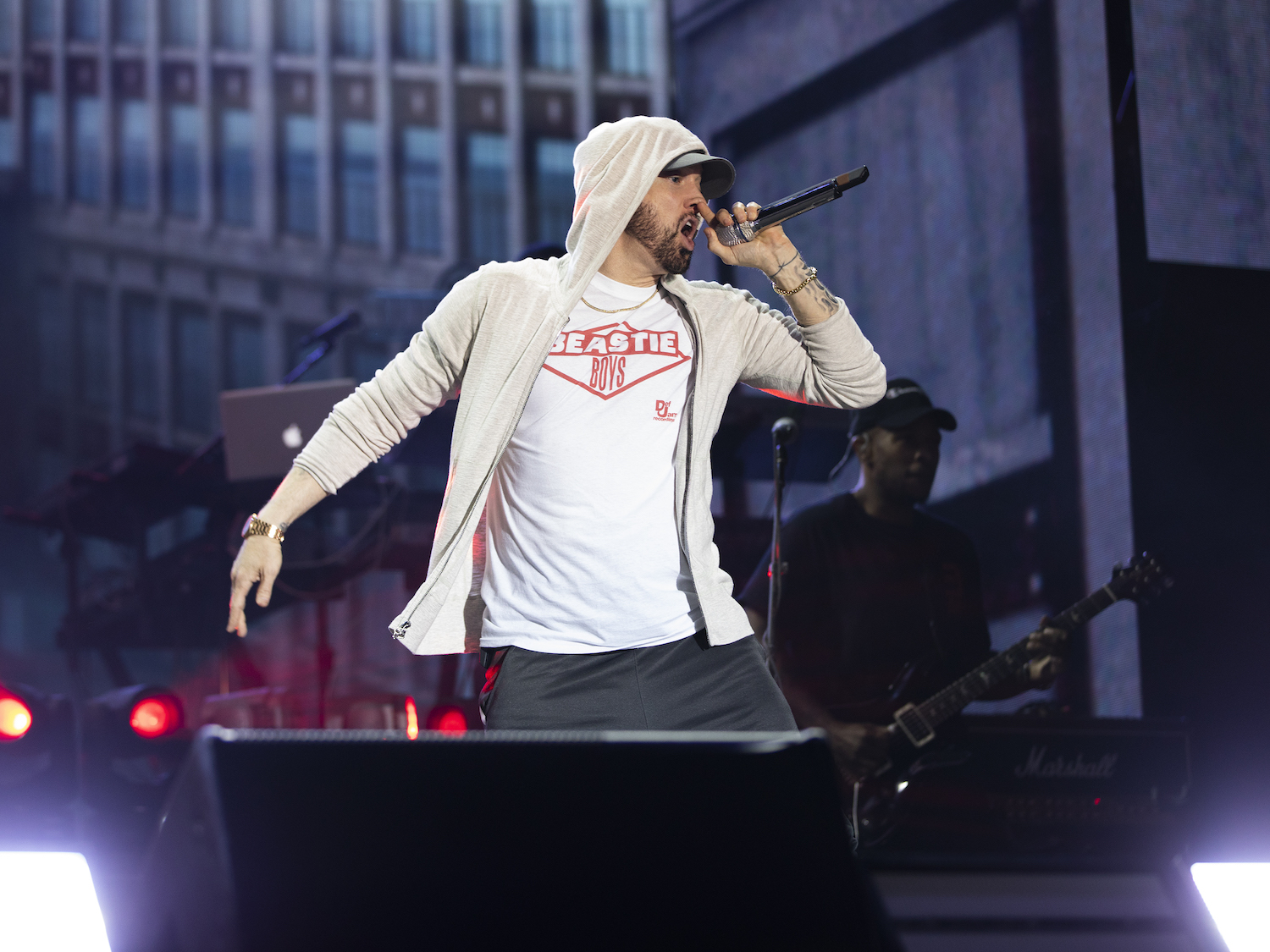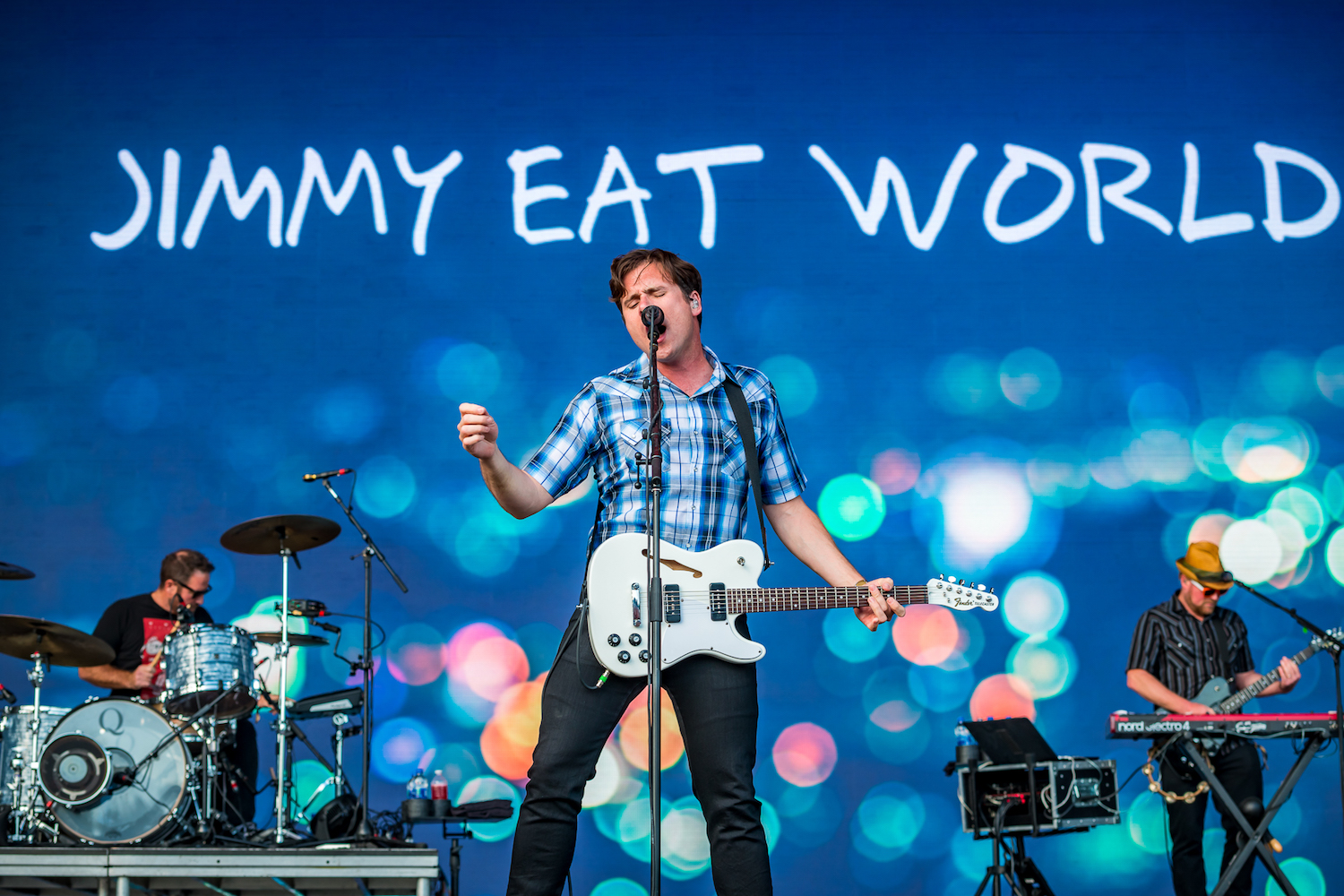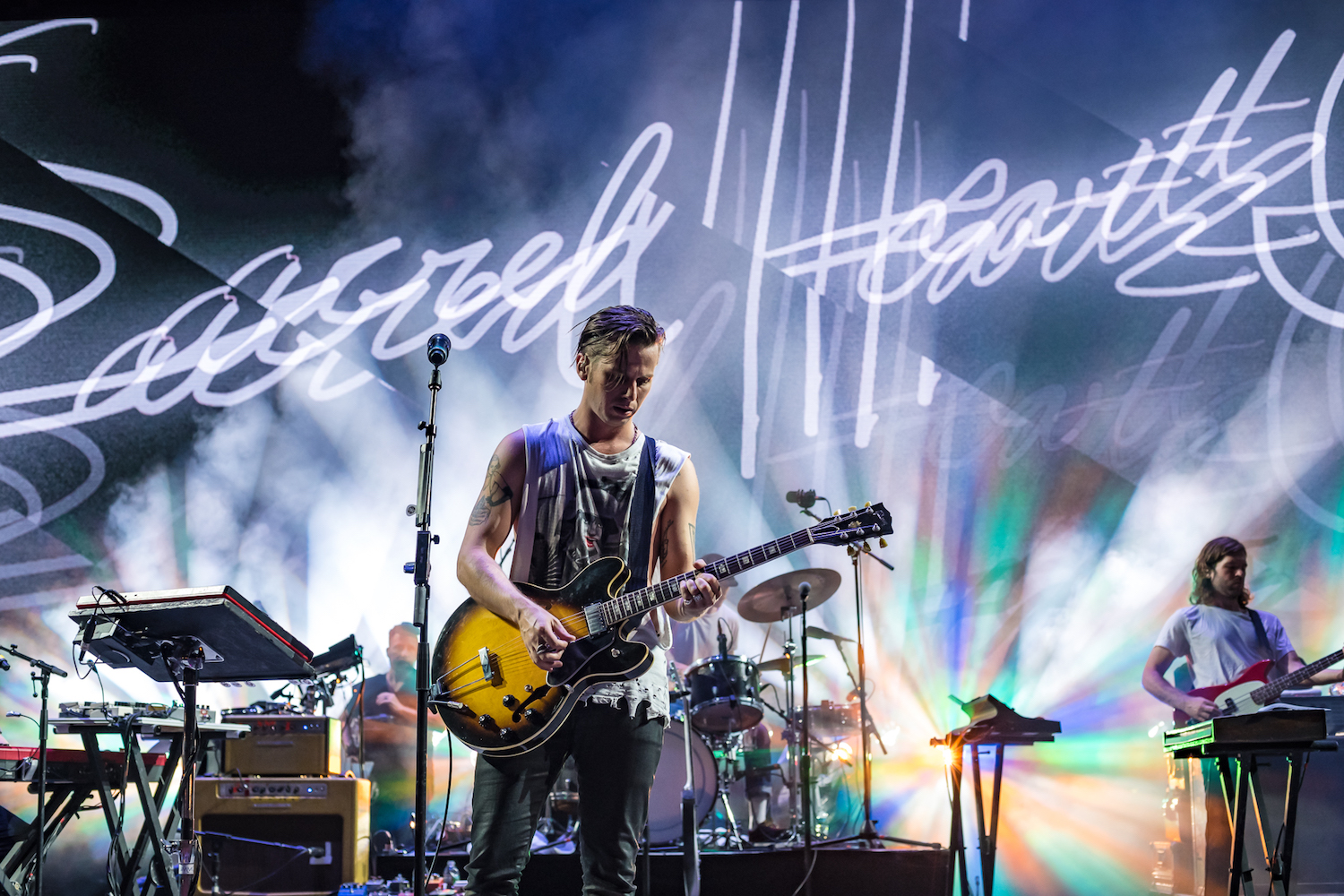
Going “down the shore” is a sacred summer tradition for anyone who grew up in the tri-state area of Pennsylvania, New Jersey and Delaware. The destination might be different for each family—perhaps you went to LBI, or Sea Isle, or Ocean City, Md. Some families trekked all the way down to the Outer Banks in North Carolina, as mine did for three summers before my folks realized that 13 hours in the car with multiple children under 10 is a bad idea. But every family I knew went “down the shore” every summer, carrying out the identical rituals of ocean swimming, boardwalk traipsing, custard eating and sun burning. Despite the fact that the atmosphere and the activities are basically the same every year, shore-goers instinctively fill with the same familiar blend of nostalgia and excitement in the weeks leading up to the trip. And when you’re smothering aloe on your crispy arms and legs on the car ride home, you think about how you can’t wait to go back next year.
For the past five years, I’ve made the three-hour pilgrimage to Dover, Del., for the Firefly Festival. As I was frantically checking the weekend weather forecast every hour on my phone in the days preceding the fest, I experienced a similar sensation to the one I used to get as a kid before I went “down the shore.” For me and thousands of other East Coasters, Firefly is the new annual tradition.
Firefly began as a three-day, 48-act music event in 2012. By its second year, Firefly became a player on the festival scene. Now it’s essentially a five-day affair, with a four-act “pre-party” on Wednesday, and more than 100 performances throughout the weekend on eight stages.
Besides Governor’s Ball in New York City and Jay-Z’s Made In America in Philadelphia (both of which are inside city limits and are far too sweaty and crowded to be enjoyable), Firefly is the only other annual, large-scale music festival in the Northeast that attracts a top-notch lineup in an accessible location. It describes itself as an “open-air” festival, and most attendees camp—or “glamp”—since the hotel accommodations are limited. The fact that it’s held in an area called The Woodlands and that most folks camp really does give it a true festival vibe.
Both Governor’s Ball and MIA assume the personalities of their respective cities. Governor’s Ball offers a musically diverse lineup and features NYC street art and food trucks, while MIA is rap, R&B and hip-hop heavy and takes place in the shadows of the Philadelphia Art Museum and high rises on the Ben Franklin Parkway. When it began in 2012, Firefly was more of a blank slate, and its organizers continue to fashion its identity among a competitive group of spring and summer fests.
For 2018, Firefly brought back several headliners from yesteryear, including the Killers (2012, 2015), Foster The People (2013, 2015), Cold War Kids (2012, 2015) and Arctic Monkeys (2014), which is a nod to the festival’s historical inclination toward alternative and indie rock. The ticket also comprised festival newcomers Eminem, Kendrick Lamar and Lil Wayne, which illustrates Firefly’s recent foray into rap and hip-hop acts.
Like most festivals, Firefly is more than music. There’s The Nook hammock hangout, The Thicket silent rave, The Coffee House café and a culinary lineup of food vendors and trucks serving everything from pizza to schwarma. Organizers continually add new features, such as The Pathway, which connected two areas of the festival grounds and was filled with a fantastical scene of giant hanging starbursts, globe sculptures and glittering fog that would’ve made Guillermo del Toro proud. While much of the vibe and atmosphere feels the same, Firefly continues to evolve each year.
Once we arrived at Dover Downs Speedway, we made the customary trek across the Highway 1 overpass that links the parking area to the festival grounds. The summer-perfect weather hovered in the 80s with sunshine and low humidity, and an occasional welcome breeze that brought with it the sweet, earthy hint of marijuana. Throngs of giddy festival-goers caked with sweat and glitter hoisting signs of Danny DeVito’s face and World Cup team flags, as well as parades of pedicabs festooned with lights and blasting Lil Wayne, made their way over the bridge as cars below cheerfully honked. It’s a familiar sight for anyone who’s attended Firefly before, but the familiarity only added to the excitement of what was to come.

Jimmy Eat World has been around since 1993—one of the original “emo” bands (if anyone still uses that term anymore). The foursome opened its set on Friday evening with the song that put the band on the map, “Bleed American,” then mixed it up with songs from most of their nine albums. They revved up the crowd with their stream of pop/punk numbers and slowed it down occasionally with songs like “Hear You Me” that warranted the “emo” designation.
Foster The People took the main Firefly Stage at dusk. Led by well-coiffed frontman Mark Foster, the Los Angeles-based indie-rockers performed a flashy, energetic set for a crowd that sang along to every word. The majority of Friday’s festival attendees gathered to watch—a far cry from Foster’s early days as a struggling musician in L.A. playing for audiences of 10 people. The diversity of their music was on full display, as they segued from heavily electronic songs like “Helena Beats” to the pop-rock “Coming Of Age” to a cover of the Ramones’ “Blitzkrieg Bop.” They capped off the night with the gentle “Sit Next To Me,” preceded by Foster’s heartfelt plea to the audience to “come together and love one another.”

Propelled by headliners Lil Wayne, the Killers and Eminem, Saturday was twice as packed with festival-goers as the day before, and they weren’t disappointed. Firefly upped the ante with stage design for the headliners this year, adding more elaborate set pieces, lights, videos and even pyrotechnics. On Saturday night, Portugal. The Man was introduced as “the greatest band on earth” (“almost as good as Pantera”) by a video of Beavis and Butt-head. Drenched in a shower of lasers and lights, the Alaska prog-rock band played an almost uninterrupted stream of rhythmically forceful songs such as “Creep In A T-Shirt” and “Purple Yellow Red And Blue,” evoking a sonic resemblance to the Black Keys. Many of the tracks they performed came off their more popular albums, Evil Friends and Woodstock, both of which were co-written and produced by Danger Mouse, who also produced three albums by the Keys.
Eminem’s stage design late Saturday night was as intense as his lyrics and persona. The wall-to-wall backdrop was an eerie Detroit cityscape, which devolved into a burnt-out conflict zone throughout the performance. Several platforms featured orchestra members playing bass, cello and violin, as fireworks exploded overhead. The finales of “Kill You” and “Criminal” featured loud gunshot blasts. Eminem being Eminem, he ignored recent criticism about the gunshot sounds and kept them in his show.
Wearing his signature hoodie and spewing rapid-fire lyrics with his usual shaken-soda-bottle energy, Eminem performed a variety of songs from all his albums, from the dark “Stan” to the political “White America” to the confessional “Walk On Water,” demonstrating his evolution as an artist and a person over his last two decades as a rap superstar. Throughout the set, he and stage partner Mr. Porter shared a dialogue with the crowd, asking who bought certain LPs and where people were from. Despite the fact that Eminem has played at Bonnaroo and Coachella, he expressed his amazement at the size of the crowd that night. “I’ve never seen this many people, ever!”

We could tell that the festival was winding down on Sunday afternoon when parking attendants were practicing special handshakes with each other and the initially peppy pedicab drivers were riding aimlessly around the parking lot. But festival-goers were still streaming across the overpass, mustering a second wind for the final day.
Psychedelic-rock duo MGMT experienced a meteoric rise in the mid-2000s on the back of hits “Electric Feel,” “Kids” and “Time to Pretend.” Their following two albums didn’t live up to the success of Oracular Spectacular, and the founders Andrew VanWyngarden and Ben Goldwasser took an unofficial break from making music with each other. Their most recent album, Little Dark Age, came out earlier this year, followed by a tour that included a stop at the Firefly Stage on Sunday evening.
VanWyngarden emerged in a black long-sleeved shirt, black pants, black sunglasses and a deadpan expression. During one of their earlier, new wave-y songs, he dragged a 1970s stationary bike onstage and started riding and singing simultaneously, then talked to the audience for about five minutes about the virtues of Gatorade. The last half hour consisted of their hits interspersed with additional antics, including several minutes of primal-scream therapy with the crowd.
Kendrick Lamar won the Pulitzer Prize for music this year for his album DAMN, the first rapper ever to win the award. The selection board described the LP as “a virtuosic song collection unified by its vernacular authenticity and rhythmic dynamism that offers affecting vignettes capturing the complexity of modern African-American life.” Not sure exactly what that means, but DAMN was good enough to earn him both popular and critical acclaim and a headlining spot at one of the biggest music festivals on the East Coast.
Performing for a Philadelphia Eagles parade-sized crowd late Sunday night, Lamar stomped across the Firefly Stage in front of a blood-red backdrop, amid spouts of flames that poetically paralleled his lyrics. Clamoring fans screamed along to “Money Trees,” “HiiiPoWeR” and “God,” capping an exhausting-yet-pleasurable festival weekend.
Another year, another Firefly festival in the books. As with every year, I will be sitting in I-95 traffic on my way home, poring over the music of the weekend and predicting who’ll be in the lineup next year. Because just like “going down the shore,” there will definitely be a next year. It’s a tradition now.
—Maureen Coulter






